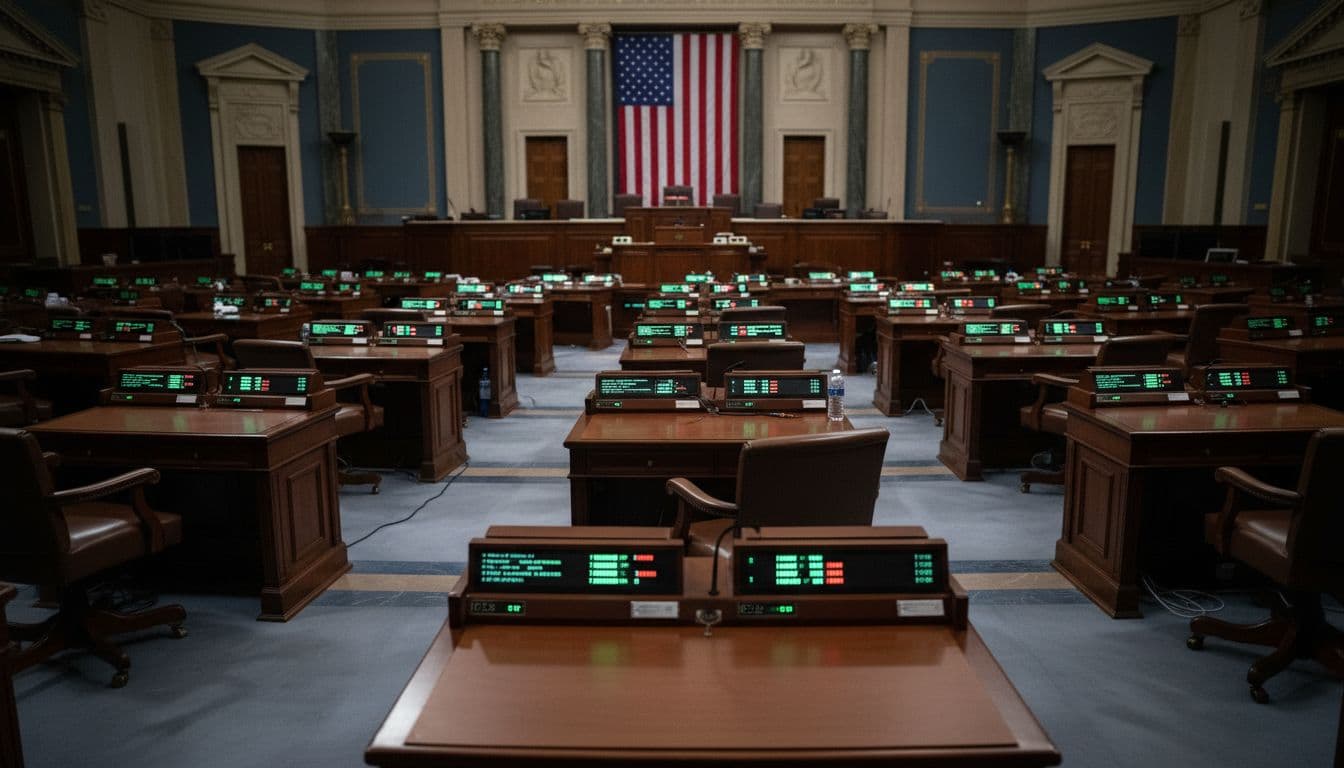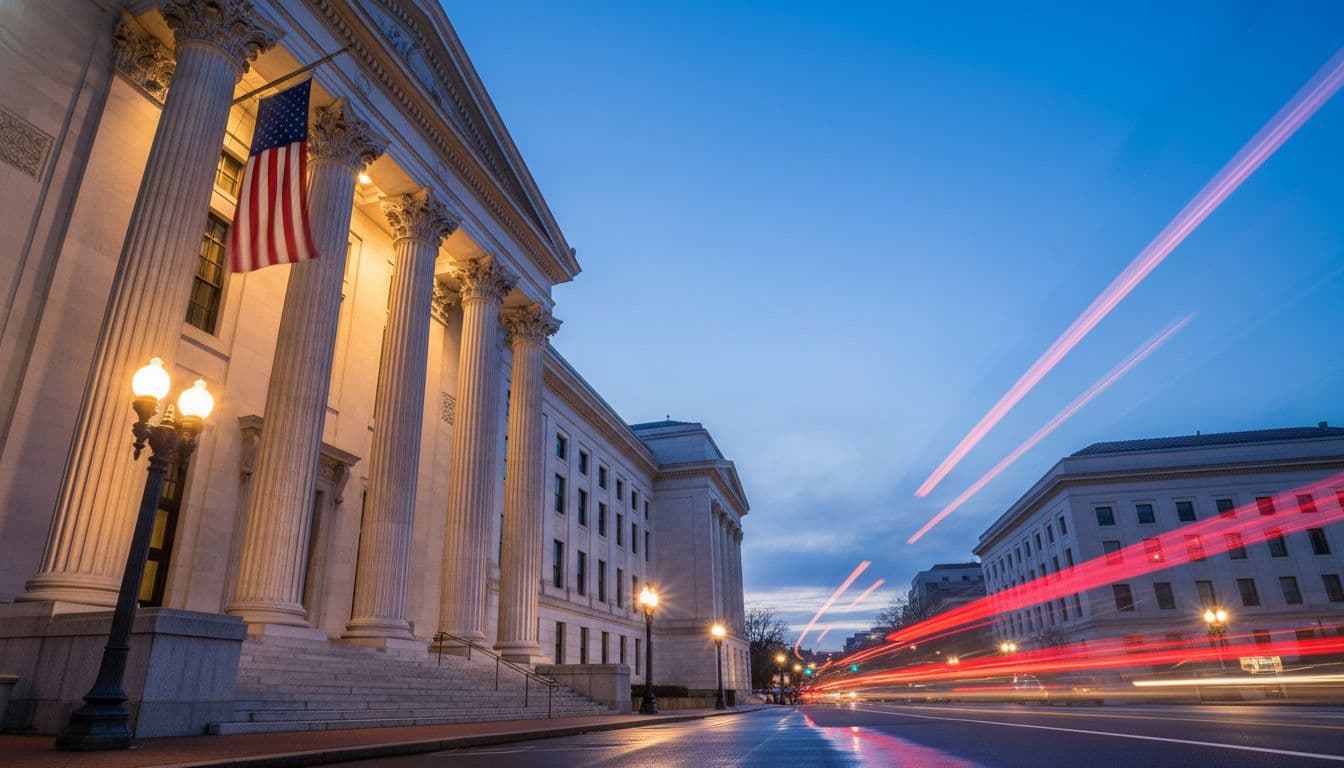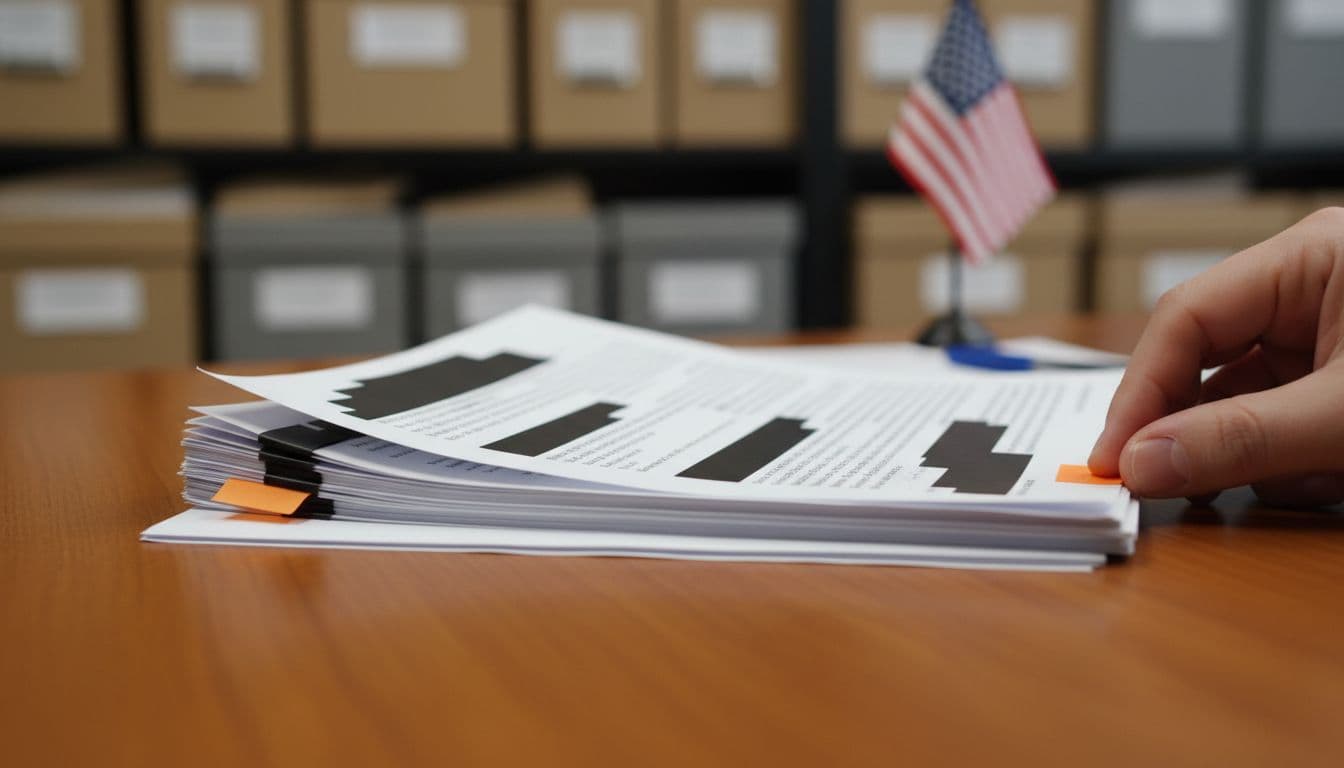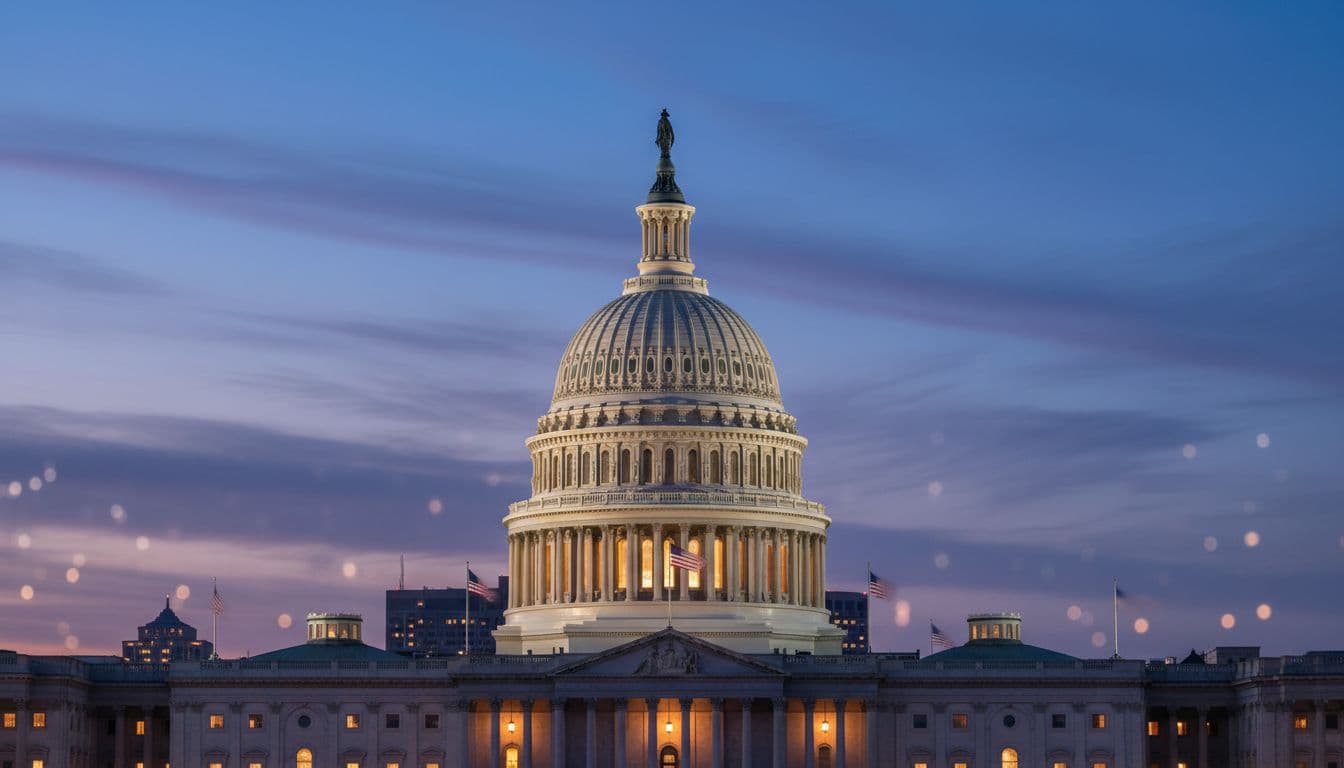The U.S. House is gearing up for a high-profile vote on whether to urge the Justice Department to release its files related to Jeffrey Epstein. Supporters say the public deserves a full accounting. Critics warn the measure is political theater and unlikely to become law. Here’s a clear look at what’s happening, why it matters, and what comes next.
What sparked the vote
A bipartisan group of lawmakers triggered a rarely used procedure to force a floor vote after leadership resisted scheduling one. Once the petition secured the required signatures from a majority of House members, leadership agreed to bring the measure to the floor. The move signals there is broad interest in more transparency around the Epstein case, even if opinions differ on how to deliver it.
What the measure would do
The resolution urges the Justice Department to release its files tied to Epstein and related investigations, except for information that would clearly harm ongoing cases, reveal confidential sources, or put individuals at risk. It is a congressional statement of intent rather than a law that compels immediate disclosure. Still, it would place the full House on record in favor of disclosure, adding political pressure on the executive branch.
Why a discharge petition matters
A discharge petition lets a majority of the House force a vote on a bill even if leaders oppose or stall it in committee. It is used rarely, because it publicly defies leadership and requires significant coordination. Its success here shows that transparency around the Epstein case has enough cross-aisle momentum to overcome typical procedural roadblocks.

What supporters say
- Transparency: The public should see how prosecutors handled the case, including charging decisions and oversight.
- Accountability: Releasing files could clarify who was investigated, what leads were pursued, and where the system failed.
- Public trust: Sunlight can help restore confidence in institutions, especially after years of speculation.
What opponents argue
- Legal limits: Some files may be sealed by court order, grand jury rules, or privacy laws that Congress cannot simply override.
- Risk to victims and witnesses: Even redacted disclosures can reveal identities or retraumatize survivors.
- Political posturing: A nonbinding resolution may raise expectations without delivering actual documents.
Could the files actually be released?
The Justice Department controls the records and must follow federal law, privacy protections, and court orders. Even if the House passes this measure, the department would likely review what can be released and what must be withheld or redacted. Expect a slow process involving legal reviews, redactions, and potential negotiations between congressional committees and the department.
What may be in the files
While specifics remain sealed, the files could include investigative memos, interview reports, communications among agencies, and materials linked to related cases. Some content may never be public due to grand jury secrecy, active investigative leads, or privacy protections for victims. Any public release will likely be partial and heavily redacted to comply with the law.

How this affects victims and ongoing cases
Victim safety and privacy sit at the center of the debate. Advocates argue that responsible disclosure can coexist with strong protections for survivors. Expect any release to use redactions, pseudonyms, and protective procedures. Lawmakers are likely to emphasize guardrails to prevent doxxing, harassment, or exposure of sensitive information.
Political dynamics to watch
The vote places every member of the House on record. That can shape committee oversight, future subpoenas, and negotiations with the Justice Department. Even if the measure does not become law, a strong bipartisan vote would raise pressure on federal officials to outline a path for public access, timelines for review, and criteria for redactions.
What happens next
- Floor Vote: The House schedules and holds a vote on the resolution.
- DOJ Response: If it passes, the department may issue a statement on feasibility, timing, and legal constraints.
- Committee Oversight: Relevant committees could seek briefings, document review in camera, or additional materials.
- Possible Litigation: Disputes over scope and redactions could land in court.

What this means for transparency
If the vote passes, it would mark a symbolic win for transparency advocates and a rare success for a discharge petition. It would not guarantee immediate access to the full file. But it could open the door to phased disclosures, summary reports, or structured briefings that provide more clarity than the public has today.
How to follow developments
- Watch for the official House vote schedule and whip counts.
- Track statements from the Justice Department and relevant committees.
- Monitor court filings for any challenges related to disclosures or subpoenas.
- Look for victim advocacy group responses focusing on privacy and safety safeguards.
The House is poised to take a public stance on releasing the Epstein files. Even with a strong vote, the path to disclosure runs through legal constraints and careful redaction. The outcome may be incremental: more sunlight than before, but far from a full unsealing. Still, the vote itself is a significant moment in a long-running push for answers and accountability.
To contact us click Here .

